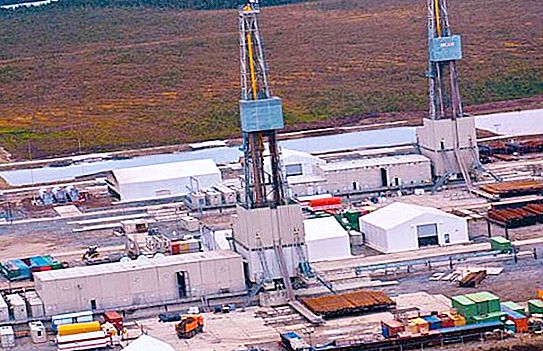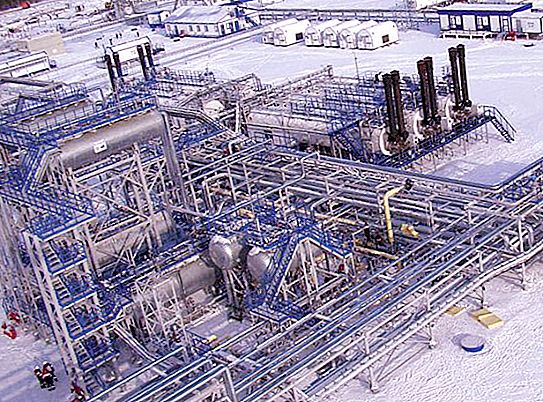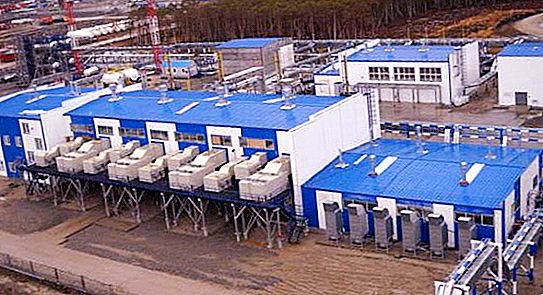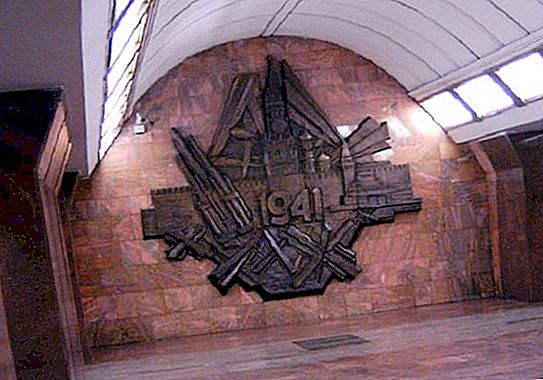The Ust-Tegusskoye oil field is one of seven sites that are currently being processed as part of the Uvat project. This is a special program for the study and development of the south of the Tyumen region.
Discovery of the field
In the fall of 1991, drilling was started in the area of Ust-Tegusskaya Square. And as a result of testing well No. 100, a new oil field was found, which was given a partial name for the area.
Field history
In the Uvat region, the first oil deposits were discovered more than half a century ago. But due to the inaccessibility of places and the lack of even initial infrastructure there, the development of deposits at that time was impractical. Only in the nineties was the first well drilled.

In the 2000s, large investors entered the market. Thanks to modern methods and technical equipment, the Ust-Tegusskoye field has become one of the leading oil producers in the south of Siberia and specifically in the Tyumen region. After some time, a site development plan was created.
But its active development began only in 2004. In 2009, the first stage of the central processing center (central collection point) of “black gold” was opened. And the industrial operation of the site began. The Ust-Tegusskoye field produces almost five hundred thousand tons of oil annually. The estimated reserves of "black gold" should be enough for another hundred years.

Location
Ust-Tegusskoye field is located in the Tyumen region. The site is located in the Uvat region, 350 kilometers east of the city of Tobolsk. The district center, the village of Uvat, is located 300 kilometers southeast of the field. There are several cities nearby. One of the closest is Nizhnevartovsk. The Ust-Tegusskoye field is located in a swampy and sparsely populated area.
Main characteristics of the site
The platform cover has fossiform deposits and a sandy-silt-clayey structure of the Mesozoic-Cenozoic period. The total thickness of the layer is almost 2700 meters. According to the Tyumen Formation, the structure of the field and the adjacent Vasyuninsky uplift have an isogypsum contour of approximately 2400 m.
The Ust-Tegusskoye field is classified as explored by the industrial level, and by the middle class. The main oil reserves are at a depth of 2500 meters. The total area of the field is 184 hectares. Most of the extracted "black gold" belongs to the heavy class.
Features of oil production
Field development has its difficulties due to climatic conditions. Since the location of the UPS of the Ust-Tegus field is a marshland, it is difficult to even build roads there. This significantly slows down the development of the field. Delivery of equipment and goods is possible only with the onset of frost, on temporary roads called “winter roads”. But some swamps do not freeze even in the most severe frosts.
Productive formations begin at a depth of 3, 000 meters. And this greatly complicates the drilling. Now the field has six units. Due to the difficulty of drilling, the cluster method is used. First, a vertical well is made. And already from it other branches begin to be laid. At one of these “bushes” 48 wells have already been made. And for such a method of producing “black gold” this is a record number of drills. In addition to standard wells, horizontal branch drilling is also used.
The impact of the field on regional ecology
To save the environment from oil, the Ust-Tegusskoye field has on its territory environmental protection equipment of the latest modern developments:
- water treatment plants;
- incineration equipment;
- a mobile complex that eliminates the consequences of the spill of "black gold" and oil products.
A gas turbine power plant was put into operation, which allows to utilize 95 percent of the associated gas produced during oil production. The deposit has a great influence on the Tyumen region. It makes a huge contribution to the development of social life in the region and the economy, and also provides jobs and good salaries for local residents. And all this is a strong impetus for the creation of modern infrastructure.






